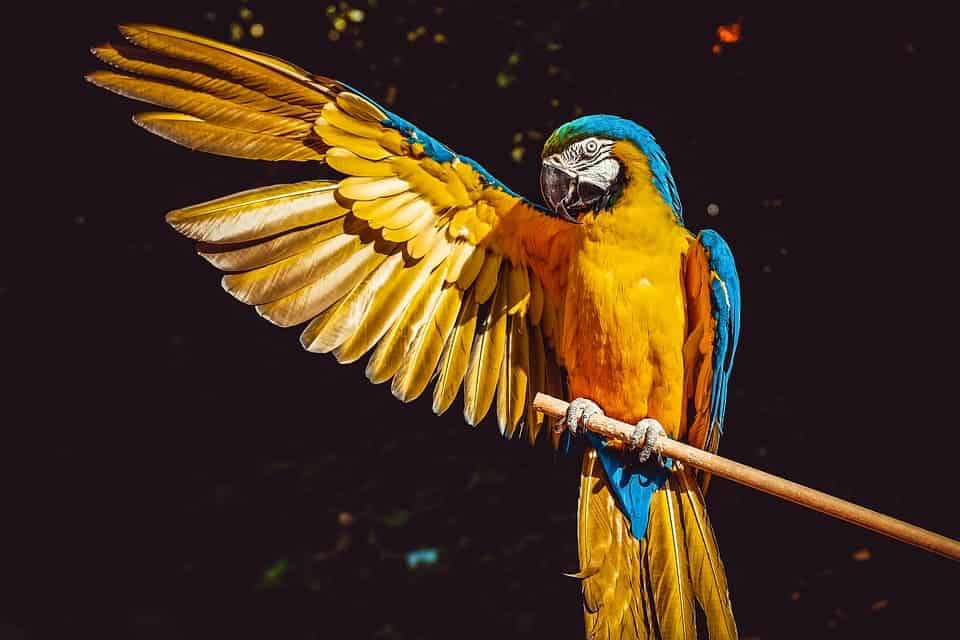Over 5,500 species of mammals, birds, reptiles, and amphibians are involved in animal trade, according to a new study. There are currently a total of 31,500 such species known, meaning that around 18% of all animals on earth are involved in trade.

That number is roughly 50% higher than previous estimates, the team explains. Legal and illegal wildlife trade is a multi-billion-dollar industry and recognized as one of the most severe threats to biodiversity, they add.
Lively market
We don’t yet have access to a reliable measurement of the worldwide trade in animals, which is what the team set out to achieve in this present study.
All in all, the team from the University of Florida and the University of Sheffield report 5,579 of the 31,745 vertebrate species are traded (18%). Among mammals, 27% are involved in trade. Most species are used for derived products, the team explains, such as pangolins which are killed for their scales and for their meat.
Amphibians and reptiles are predominantly sold as exotic pets or to zoos, but still, 12.4% of known species are involved in wildlife trade in one shape or another. Among birds, traded both as companion animals and for their derived products, the figure stands at 23%. The team highlights traditional medicine as a sizeable market for bird-derived products, citing, for example, the growing demand for the ivory-like casque of the helmeted hornbill, which has resulted in tens of thousands being traded since 2012.
Threatened and endangered species were disproportionately represented on the team’s list of animals involved in trade. This means that the animals which need conservation the most are also facing the most pressure.
In the future, the authors predict, both legal and illegal wildlife trade will add up to 3,196 more species to the list, again mainly threatened or endangered. This estimate was based on similarities with currently exploited species—for example, the African pangolin, which started to be exploited after Asian pangolins became harder to find.
The team says their findings showcase the need for renewed conservation efforts for at-risk species, while also highlighting the need to keep better tabs on the health of species in the wild — so we know something is wrong before it’s too late.
“Often, species are flagged for conservation only after a severe decline is documented,” they concluded.
The paper “Global wildlife trade across the tree of life” has been published in the journal Science.


